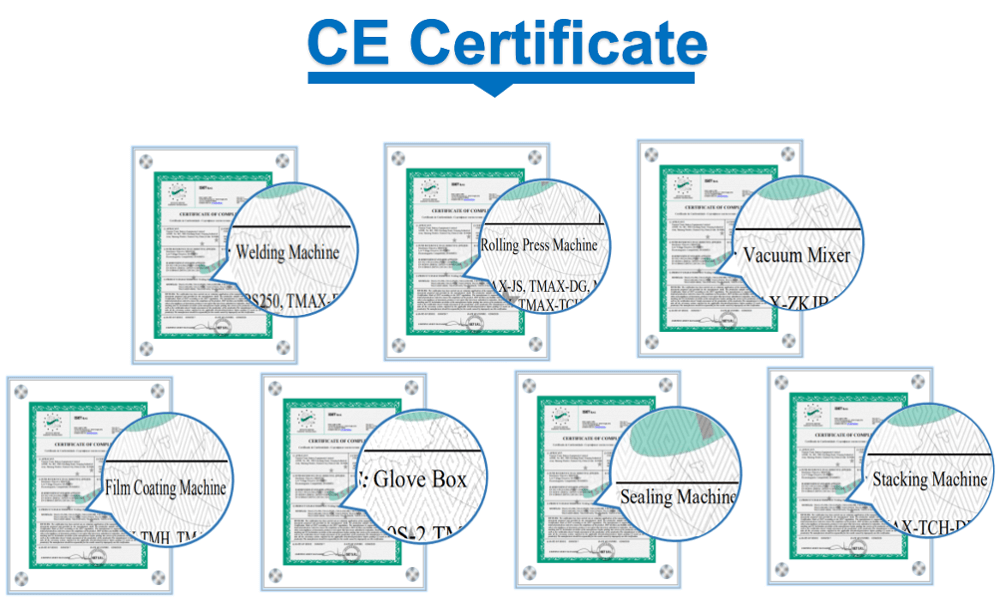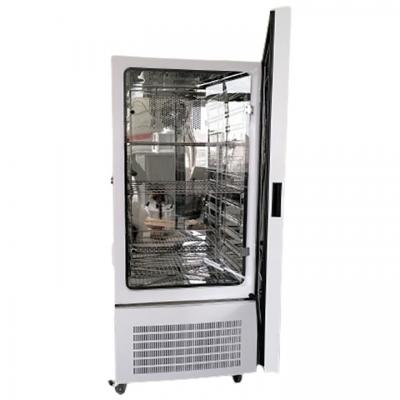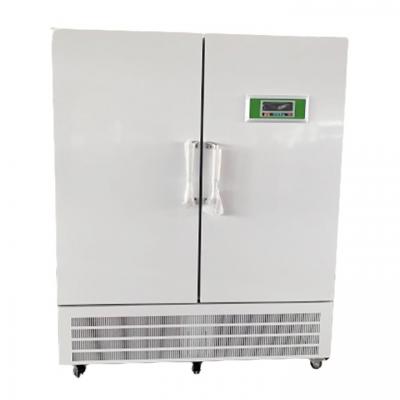Gas Replacement Method Lab Automatic True Density and Porosity Analyzer

Product description:
a. True density test (powder, particles, block, sheet, liquid, pulp, etc.)
b. Pole rate (opening rate, closing rate) (block material, foam material, rock heart, original metal, etc.)
Test function
a. True density test (powder, particles, block, sheet, liquid, pulp, etc.)
b. Pole rate (opening rate, closing rate) (block material, foam material, rock heart, original metal, etc.)
Test principle
|
|
Apply the principle of Archimede-gas expansion replacement method, and use the inert gas of the small molecular diameter to the Bohr's law (PV = NRT) under certain conditions. The sample is accurately determined by determining the gas volume of the samples in the test cavity. The volume of the skeleton (containing closed fits), so as to get its real density, real density = mass/skeleton volume.
The gas expansion replacement method is the volume of the samples that the liquid measurement of the liquid to measure the liquid. This method can avoid the advantages of not damaging the sample in the sample dissolution of the sample. With irregular pores on the surface, the sample volume measured is closer to the skeleton volume of the sample, which can be used to calculate the density of the sample, and the test value is closer to the real density of the sample.
The test system of the instrument consists of the test cavity and the reference cavity, as shown in the figure. |
Instrument standard
|
GB/T10799-2008 |
Determination of the percentage of hard foam plastic openings and closing volume volume |
|
GBT 5071-2013 |
True density test method of refractory materials |
|
ASTM—D2856 |
Use the air density instrument to measure the standard method of the percentage content of the hard foam plastic opening bubble room |
|
ASTM D6226-2005 |
Test method of hard microporous plastic cytocon content |
|
MT/T713-1997 |
Currency density measurement method of coal mines |
Technical parameter
a. Test content: Real density, open and closing rate
b. Test accuracy: accuracy is better than ± 0.03%, repetitive than ± 0.015%, resolution: 0.0001g/ml;
c. Test speed: 0.5-1min in a single station complete the entire test process, double-station analysis efficiency has doubled;
d. Number of analysis stations: 1-2 stop;
e. Scope of application: The density of the sample is not restricted, you can determine the solid samples of various powders, granular, block, foam, etc., as well as slurry -shaped substances, no volatile liquids and other samples
f. Test method: Taking the sample pool directly as the sample test cavity. Compared with similar instruments, it has the advantage of high utilization rate of sample test cavity, so that the test accuracy can be improved; Sample demand to achieve the purpose of improving test accuracy; (patent number: 201120436207.5)
g. Constant temperature mode: fully automatic programmatic constant temperature mode, constant temperature accuracy error <0.1 ° C; programmatic control constant temperature process, and automatically enter the test process; (patent number: 201220707191.3)
h. Valve type: Gas control valve, which completely eliminates the changes in the base cavity volume caused by heat caused by the structure of the same type of instrument solenoid valve structure. There is no need to modify the software. The instrument does not need to be preheated.
i. Inner sample pool: The opening and closing perforated rate test is special, and the error can be reduced for block -shaped samples; (patent number: 201420149458.9)
j. The benchmark cavity: have a built -in 1 basis, 1 expansion cavity; the expansion cavity can improve the test accuracy for different sample pool volume;
Technical advantages
|
|
|
|
According to the requirements of the national standard GBT 10799-2008 hard foam plastic opening and closed-hole volume, the design of the opening and closing perfusion rate of the opening and closing rate is a special sample pool. |
|
|
Ordinary sample pool: cylindrical sample pools are applicable to cylindrical samples. The cube samples will have a lot of space. The volume utilization rate of the sample pool is less than 50%, which has a great impact on the test and closing perforation rate; |
|
|
LITH sample pool: Cultural sample pool is suitable for cuboid samples, and the volume utilization rate of sample pools exceeds 80%. It is more conducive to testing and closing perforation. The stainless steel metal sample pool is durable. |
|
|
|
National standard: The test of the sample size in GBT 10799-2008 in GBT 10799-2008 with hard foam plastic openings and closed-hole volume. The size of the horizontal cross section is: 6.25cm2, two rules with a height of 2.5cm (optional size) Two rules cubes of 2.5cm*2.5cm*2.5cm (National standard recommendation size) |
|
The rules and cubes are relatively easy to cut, and ordinary knives can be used. The measurement of the appearance is simple; |
|
|
The rule cylindrical body is extremely difficult to cut, unless the related professional cutting tools are used, and the measurement of the appearance is very inconvenient; |
|
|
|
|
|
The test cavity is very small as a sample pool, which can effectively use the test cavity space, which is more conducive to foaming materials with high opening rate. |
|
|
The sample pool needs to be placed in the test cavity to test a lot of free volume. It is necessary to use standard substances such as aluminum blocks and steel balls to fill the free volume. The utilization rate of the test cavity can only reach 50%. |
|
|
|
Gas control valve (SMC of Japan) There is no fever problem through the opening and closing of the gas control valve, and the gas swelling will not be caused by temperature changes, and the stability and accuracy of the test results will be ensured. |
|
The electromagnetic valve Through the opening and closing of the electromagnetic ring to control the valve, an instantaneous heating problem occurs during the valve work, causing the gas to swell in the air road, which seriously affects the stability and accuracy of the test results. |
|
|
Comparison of gas control valve and electromagnetic valve The gas control valve is promoted by the gas to drive valve core by the gas to achieve the closure and opening of the valve, so there is no fever, and the valve temperature is stable. The electromagnetic valve produces a magnetic field drive valve core action to achieve the closure and opening of the valve. The electromagnetic coil has fever, and the valve temperature increases with the increase in power. The error of 0.3%is more than 0.02%of the repetitive error requirements; |
|
Test report











 Tel : +86-592-3926659
Tel : +86-592-3926659 Email : gilia@inthelaboratory.com
Email : gilia@inthelaboratory.com
















 IPv6 network supported
IPv6 network supported 